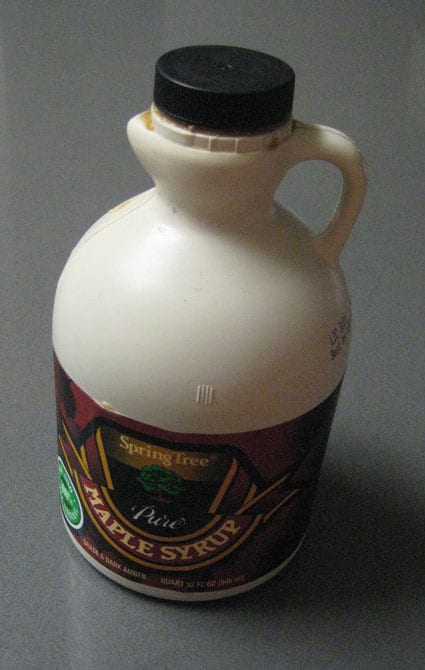The Shape of Food and Other Things (To Come)
A provocative survey article on Edible Geography explores the form that food (specifically Chicken McNuggets and cheese) is presented in.
It’s a safe bet that McNugget morphology tells us something important about the sensory framework through which we experience the world. Within the constraint of basic economic considerations (shapes that can be made on the same line and ship well), the bell, bow-tie, ball, and boot are sculptures made by our mouths-ubiquitous, finely-tuned artifacts that reflect by our increasingly sophisticated understanding of human sensory perception.
Early in my career we talked a lot about how digital technology was changing the range of possibility. Form didn’t have to follow function. Industrial designers could make digital cameras (an example early project where we grappled with the form factor for the device and the metaphor/mental model for the software) look like anything.
Apple’s original QuickTake 100 camera took advantage of that freedom.
It was not a successful product; the form (and it’s lack of traditional camera references) was certainly not the only reason, but that product might represent some of the most extreme of early experimentation. Now our digital cameras look pretty much like the film cameras they’ve fully displaced. At the same time, revolutionary (e.g., digital) products can seen as making culture (e.g,. cell phones as the new concert arena lighter) as much as reflecting it.
The story of the Lytro camera, more recently, suggests that it too is trying to introduce a revolution into a staid category (the aforementioned digital camera), and it’s form announces that it’s somehow different.

I can’t help but assume the packaged and processed foods people have a lot more data and a much more refined (if you will) understanding of what forms connote and how they motivate. If they are speaking to our liminal behaviors and our reptile-brain sensory processing then they are able to use that to their advantage when other forms of design can’t, at least not yet.
















